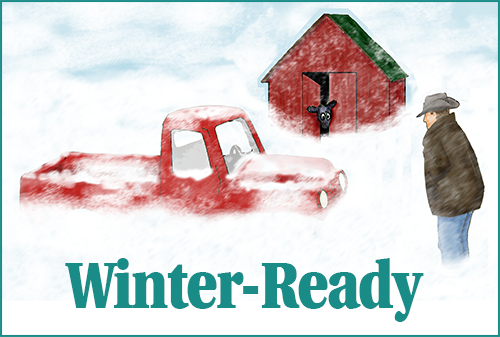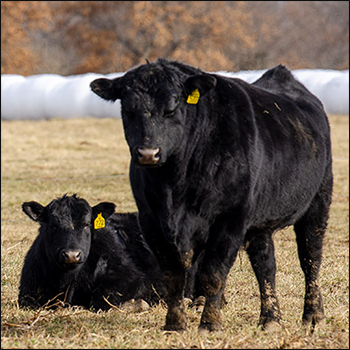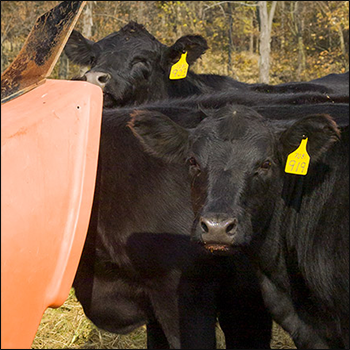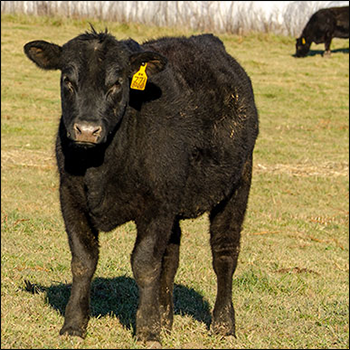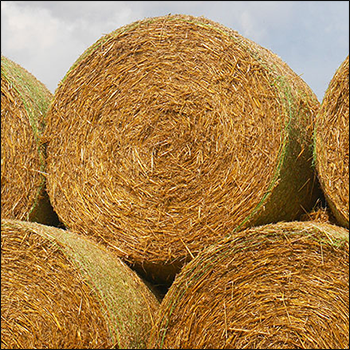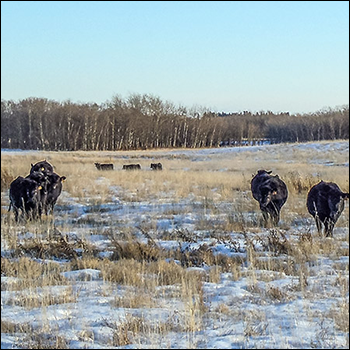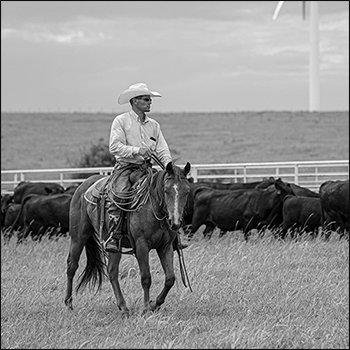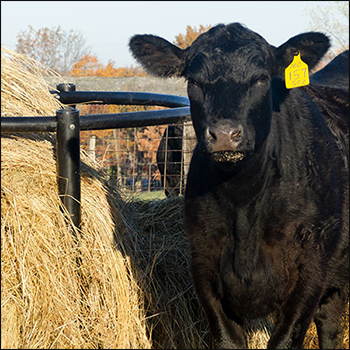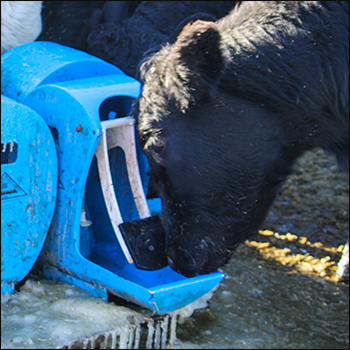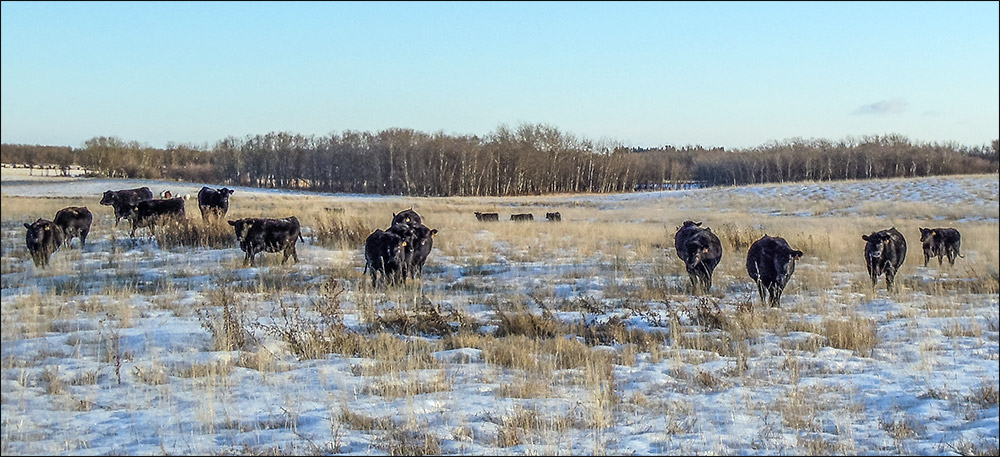
Winter Weaning Considerations
Operation works with the environment and behavior to ease weaning stress.
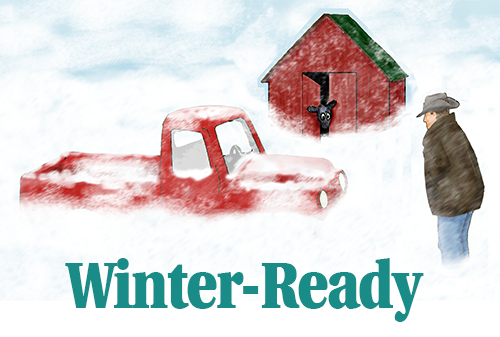
A growing number of stockmen are calving in April, May or June on grass rather than in the harsher months of January, February or March. Calving in May-June works great, but creates the question: When do you wean the calves? They may be a little young for traditional weaning in October or November. Some producers are leaving calves with the cows through most of the winter and weaning in February or March. This often necessitates different management strategies.
Late weaning works well for people who graze through winter on cornstalks, stockpiled pastures, windrowed feed, bale grazing or some other winter forage option. If cattle can be out on pasture eating forage of some kind rather than confined (especially the calves), they stay healthier. Some people think that when weather is cold, the calves won’t perform very well if wintered with their mothers on forage, but experience indicates the contrary. Plus, if the cows won’t be calving again until May or early June, they have adequate time to recover from lactation.
Trevor and Cheryl Branvold raise registered Angus near Wawota, Sask., Canada. They manage 150 pairs and market 2-year-old bulls. They calve in May and June, so they hold those bull calves to sell in March just before they turn 2, Trevor explains.
The couple wanted to get away from winter calving, since their typically cold winters were hard on newborns. Those May-June calves do very well in winter with their mothers.
A few years ago they started providing a creep area for calves, Trevor says, but not for feeding grain. It is a place where the calves can get away from the cows and eat higher-quality hay during the winter. The cows get a straw-based ration and grain pellets.
“We can bed the calves in the creep area during severe weather if we have to, but we have enough brush around the area that they generally have adequate shelter,” Trevor says. “They can go off with their mothers into the bush.”
The creep area is actually part of the home corral that the cows come into for water and pellets.
“We put a creep gate in the gateway into an adjacent pen. We put hay bales and bedding in there for the calves to come and go as they wish,” he explains. “When we wean, we just close the gate when we feed their hay, and the calves are all in there. They don’t realize there’s anything different until they want to go back to their mothers and the gate is closed.”
This is very stress-free weaning; the calves are in a familiar place with familiar feed. They haven’t been stressed by being sorted, and the cows are nearby, through the fence. The practice has proven to work well for the Branvolds and may be a strategy for others to consider.
Editor’s note: Heather Smith Thomas is a cattlewoman and freelance writer from Salmon, Idaho. Photo courtesy Trevor and Cheryl Branvold.
